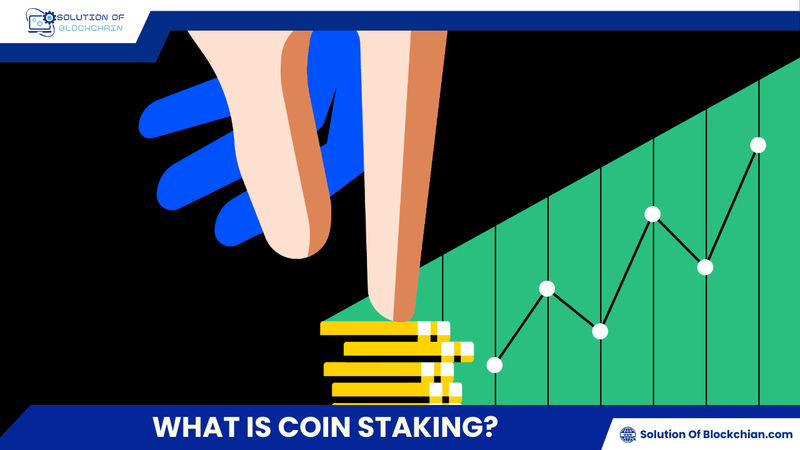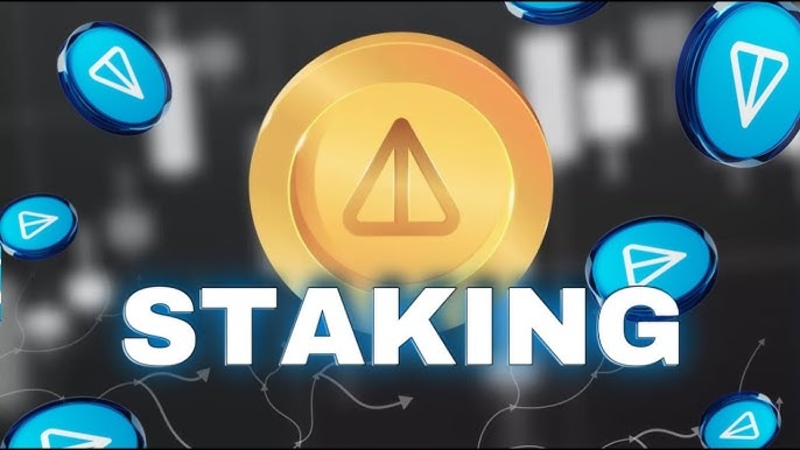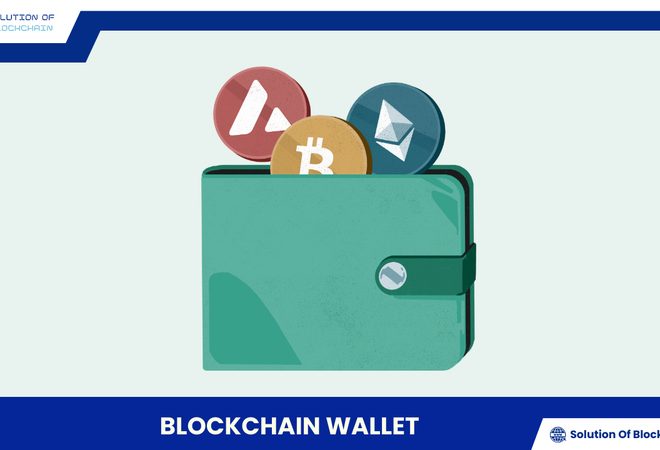
What is coin staking? Guide to Staking for beginners
What is coin staking? This is an effective way to invest in “idle” cryptocurrencies, allowing you to earn passive income just by holding cryptocurrencies and supporting the operation of the blockchain network. Learn more about Staking and discover how to optimize your investment returns today!
What is Coin Staking?
In the volatile world of cryptocurrency, coin staking has emerged as a safe and effective investment method, attracting the attention of many investors. So, what exactly is coin staking? Let’s delve into the details.
Coin staking, also known as “crypto staking,” essentially involves “locking up” a certain amount of cryptocurrency in a blockchain project’s wallet to receive rewards. Similar to depositing money in a savings account and earning interest, staking allows you to earn passive income from your idle cryptocurrency holdings.
However, instead of entrusting your funds to a bank, you directly participate in maintaining and operating a blockchain network. The coins you “lock up” are used to validate transactions and create new blocks on the blockchain, contributing to the network’s stability and security. In return, you receive rewards in the form of cryptocurrency.
To better understand staking, we need to explore Proof of Stake (PoS), the consensus mechanism that underpins staking.
Unlike the Proof of Work (PoW) mechanism used in Bitcoin, where “miners” compete with computing power to solve complex problems and receive block rewards, PoS selects transaction validators based on the number of coins they hold and “stake” in the network.
In other words, in PoS, “power” is distributed based on the number of coins you own, not your computing power. This saves energy, minimizes environmental impact, and promotes network decentralization.
Benefits and risks of Coin Staking
Coin staking is one of the most popular forms of cryptocurrency investment today, offering attractive benefits but also carrying certain risks. To make informed investment decisions, investors need to carefully consider both sides of the coin.
Benefits of Coin Staking
Coin staking offers investors the following benefits:
- Attractive passive income: This is the most prominent benefit of staking. By “locking up” your coins, you can earn regular interest without the effort of “mining” or trading. Staking interest rates range from a few percent to tens of percent annually, depending on the specific coin and staking platform.
- Support for the blockchain network: When you participate in staking, you contribute to maintaining operations and enhancing the security of the blockchain network. Validators are responsible for validating transactions and creating new blocks, ensuring the network’s stability and resilience against attacks.
- Contribution to environmental protection: Compared to the Proof of Work (PoW) mechanism used in Bitcoin, Proof of Stake (PoS) consumes significantly less energy. Staking coins on PoS platforms helps minimize negative environmental impact.
- Potential for coin price appreciation: If the blockchain project you are staking in performs well and gains community acceptance, the value of the coin can increase significantly. This provides you with double profits, both from staking interest and coin price appreciation.
- Governance rights: In some blockchain projects, stakers have the right to participate in network governance, voting on important decisions related to project development.
Risks of Coin Staking
Along with attractive benefits, coin staking also carries the following risks:
- Security risks: Although staking platforms often have strict security measures in place, there is still a risk of hacker attacks or technical failures.
- Coin price volatility: The value of coins can fluctuate significantly during the staking period. If the coin price drops, your staking returns may be affected, or you could even experience losses.
- Lock-up period: Some projects require you to lock up your coins for a certain period to participate in staking. During this time, you cannot use those coins for trading or investing in other projects. This can reduce the liquidity of your assets.
- Risks from the staking platform: The staking platform may experience technical issues, be attacked, or even engage in fraudulent activities. Choosing a reputable and trustworthy platform is crucial to mitigate this risk.
- Inflation: Issuing new coins can decrease the value of existing coins. High inflation rates can affect your staking returns.
How to minimize risks when Staking
To minimize risks when staking coins, you should:
- Choose a reputable staking platform: Thoroughly research the platform’s operational history, development team, security measures, and community reviews before choosing a staking platform.
- Use a cold wallet: A cold wallet helps protect your assets from cyberattacks.
Diversify your risk: Don’t put all your eggs in one basket. Spread your capital across different coins and staking platforms to reduce risk. - Closely monitor the market: Stay updated on project information and coin price fluctuations to make timely decisions.
- Understand the terms and conditions: Before participating in staking, carefully read the platform’s terms and conditions to understand your rights and obligations.
Common Coin Staking methods
Depending on your needs, knowledge, and risk tolerance, you can choose from different staking methods:
- Cold Staking: This method involves storing your coins in a cold wallet (e.g., Ledger, Trezor) and delegating them to a staking node. Cold staking offers high security and minimizes the risk of attacks. However, it often requires technical knowledge and can be more complex for beginners.
- Staking Pools: Staking pools involve joining a group of stakers to increase your chances of receiving rewards. The advantages of staking pools are ease of participation, suitability for beginners, and user-friendly interfaces. However, profits may be shared among pool members.
- Staking on Exchanges: Many major cryptocurrency exchanges like Binance, Coinbase, and KuCoin offer staking services with simple and easy-to-use interfaces. This method is suitable for beginners and those who want to stake small amounts of coins. However, be aware of the security risks associated with storing coins on exchanges.
Staking Coin guide for beginners
Step 1: Choose a Wallet or Exchange
- Wallet: If you prioritize security and want complete control over your private keys, choose a cold wallet (Ledger, Trezor) or a reputable hot wallet (Trust Wallet, MetaMask).
- Exchange: If you are a beginner and want a simple staking experience, choose a reputable exchange like Binance or Coinbase.
Step 2: Buy Coins for Staking
- After choosing a platform, you need to buy coins for staking. For example, if you want to stake Ethereum 2.0, you need to buy ETH.
- Research the coin you want to stake, its potential for growth, staking interest rates, and risks.
Step 3: Transfer Coins to Your Wallet/Exchange
- If using a wallet: Learn how to stake the specific coin on your chosen wallet. Typically, you will need to connect your wallet to a validator or staking pool.
- If using an exchange: Look for the “Staking” or “Earn” section on the exchange. Select the coin you want to stake and follow the instructions.
Step 4: Start Staking
- Wallet: After connecting to a validator or pool, you can start staking your coins.
- Exchange: Enter the number of coins you want to stake and confirm.
Important notes
- Thoroughly research the coin and staking platform before participating.
- Secure your private keys carefully.
- Choose a reputable validator or pool.
- Regularly monitor staking interest rates and coin prices.
Top Staking Coins today
- Ethereum (ETH): Ethereum is the second-largest blockchain platform globally, with a thriving DeFi ecosystem. Staking ETH 2.0 currently offers interest rates of around 4-7% per year.
- Cardano (ADA): Cardano is a blockchain project focused on security and scalability. It utilizes the Ouroboros PoS mechanism, considered one of the most advanced PoS mechanisms available. ADA staking interest rates range from around 4-6%.
- Polkadot (DOT): Polkadot is a multi-chain blockchain network that enables the connection of different blockchains. Staking DOT offers interest rates of around 12-14% per year.
- Solana (SOL): Solana is a high-performance blockchain platform with fast transaction processing speeds. SOL staking interest rates range from around 6-8%.
- Other options: There are many other potential staking coins like BNB, ATOM, MATIC, and more. Do your research and choose coins that align with your investment goals.
Coin staking is an effective way to increase passive income from your cryptocurrency holdings. However, you need to thoroughly understand the risks involved and choose a reputable staking platform.
We hope this article from Solution Of Blockchain has helped you better understand what coin staking is and how to participate. Start staking today to take advantage of the opportunity to grow your assets!






